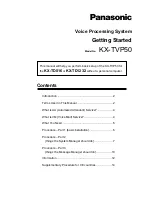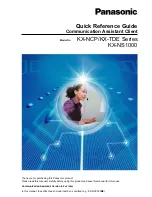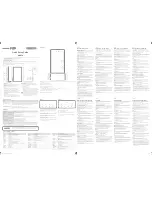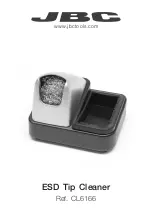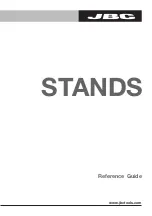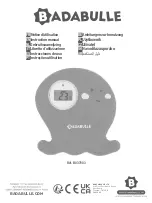
-131-
v8.6
Energy Consumption
30.2.3. Deep Sleep mode
In this mode, the main program is paused, the microcontroller passes to a latent state from which it can be woken
by all the asynchronous interruptions and by the synchronous interruption launched by the RTC. The interval of
this cycle can go
from seconds to minutes, hours, days
. Consumption in this state is
33 μA
.
In this mode the microcontroller stops executing the main program. The program stack where all the variables and
log values are stored keep their value, so when Waspmote returns to on mode, the next instruction is executed
and the variable values are maintained.
Figure: From on to Deep Sleep mode
30.3. Lifetime of the sensors
Libelium sensor probes are designed to increase lifetime of sensors when they are used outdoors. However,
each sensor has a different lifetime depending on environmental conditions, usage and many other factors that
Libelium cannot control.
It is suggested to use a solar shield with sensor probes which are going to be installed in places where sunlight is
present. Besides, always use sensor probes following all recommendations given in this guide, to ensure the best
lifetime.
The next table shows an appropriated lifetime of sensors which for physical limitations may expire:
Sensor probe type
Lifetime
Gas sensors
3 months – 2 years
Humidity and Temperature (Sensirion) 6 months – 2 years
Solar radiation
1 year – 2 years
Soil moisture
1 year – 2 years
Note:
Gas sensors may require replacement for optimal accuracy.
Note:
Some of sensor probes like Particle Matter, presence (PIR), ultrasound or solar radiation require a periodic
maintenance due to dust and dirt and environment particles may affect to right measurements.






























